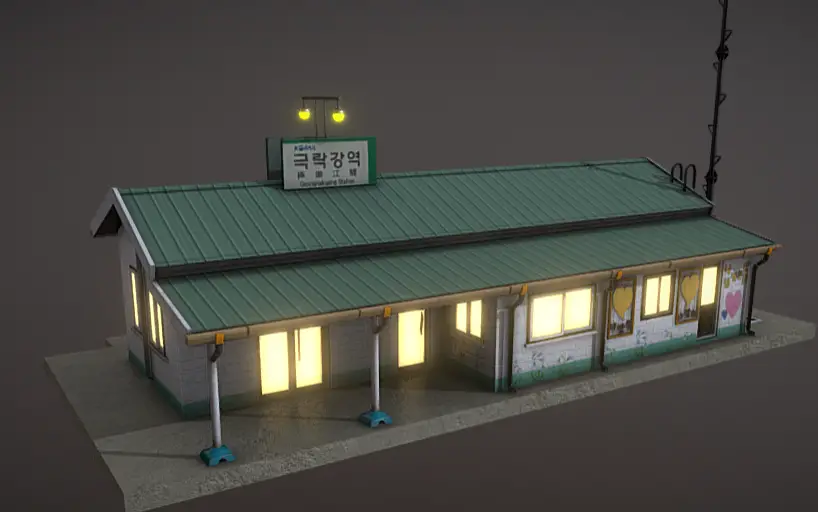How to draw this model in Autodesk Maya?
Creating a 3D model of gang Station in Maya involves several steps. Here’s a simplified overview of the process:
- Reference Gathering: Collect reference images or blueprints of gang Station from various angles to use as a guide during modeling. This helps ensure accuracy in the final model.
- Setting Up Maya: Open Maya and set up your workspace. Arrange viewports for the perspective view, reference images, and any additional tools you may need.
- Modeling the Base Structure: Start by creating the basic shapes of gang Station’s components using polygonal modeling tools like cubes, cylinders, and planes. Begin with the main building structure and gradually add details like doors, windows, pillars, and other architectural elements.
- Detailing: Refine the model by adding smaller details such as signage, lights, benches, and other decorations. Use techniques like extrusion, beveling, and boolean operations to achieve the desired level of detail.
- Texturing: Apply textures to the model to add realism and surface detail. This can include materials for concrete, glass, metal, and other parts of the station. Use Maya’s Hypershade editor to create and apply textures to the model.
- UV Mapping: Unwrap the model’s UVs to prepare it for texturing. This involves laying out the model’s surface in 2D space so that textures can be applied accurately.
- Lighting and Rendering: Set up lighting in the scene to illuminate the model effectively. Experiment with different lighting setups to achieve the desired look. Once satisfied, render the final image or animation using Maya’s rendering engine.
- Fine-Tuning and Optimization: Review the model for any imperfections or areas that need refinement. Optimize the model’s geometry and texture resolution as needed to improve performance and reduce file size.
- Animation (Optional): If desired, animate elements of the station such as doors opening, trains arriving, or people moving. Use Maya’s animation tools to create realistic motion.
- Exporting: Finally, export the finished model in a suitable file format such as OBJ, FBX, or STL depending on its intended use (e.g., for rendering, animation, or 3D printing).

